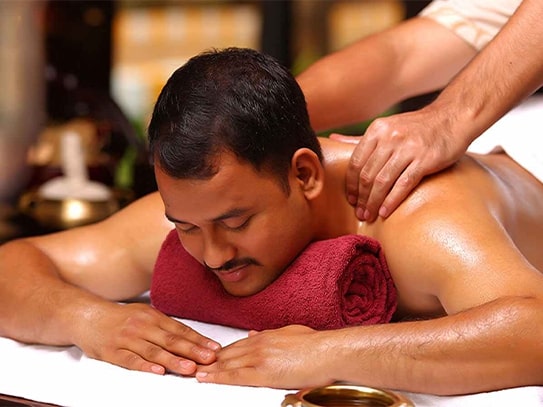Churna Pinda Sweda is a significant therapeutic procedure in Ayurveda, known for its effectiveness in treating a range of musculoskeletal and neuromuscular conditions. This treatment, which translates to "sweating with boluses of herbal powders," is a form of Swedana (sudation or sweating therapy) that uses specific herbal powders (churna) tied in a bolus (pinda). The technique is particularly beneficial for alleviating pain, reducing inflammation, improving circulation, and enhancing the overall functionality of joints and muscles.
The procedure begins with the preparation of the herbal powders, which are selected based on the patient's condition and dosha (body constitution). Commonly used herbs include Vacha (Acorus calamus), Shunthi (Zingiber officinale), and Rasna (Pluchea lanceolata). These herbs are powdered finely and may sometimes be mixed with other therapeutic ingredients like rock salt or lemon. The powders are then tied securely in a muslin cloth to form a bolus.
The treatment is typically performed in two main stages: Snehana (oleation) and Swedana (sudation). Initially, the affected area or the entire body is subjected to Snehana, where medicated oils are applied to nourish and prepare the tissues for the subsequent phase. This oleation enhances the absorption of the herbal properties during the Swedana stage.
In the Swedana stage, the herbal boluses are heated, either by dry roasting, steaming, or frying in medicated oils, depending on the nature of the ailment and the desired therapeutic effect. Once heated to a tolerable temperature, these boluses are applied to the body using specific massage techniques. The application is often rhythmic and systematic, focusing on the affected areas but also covering adjacent regions to ensure comprehensive relief.
